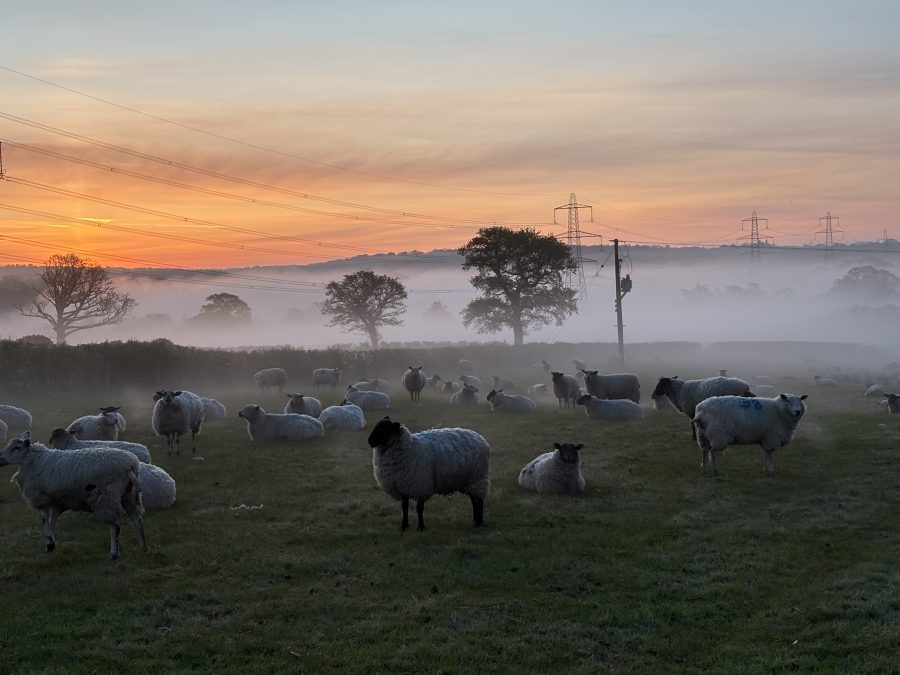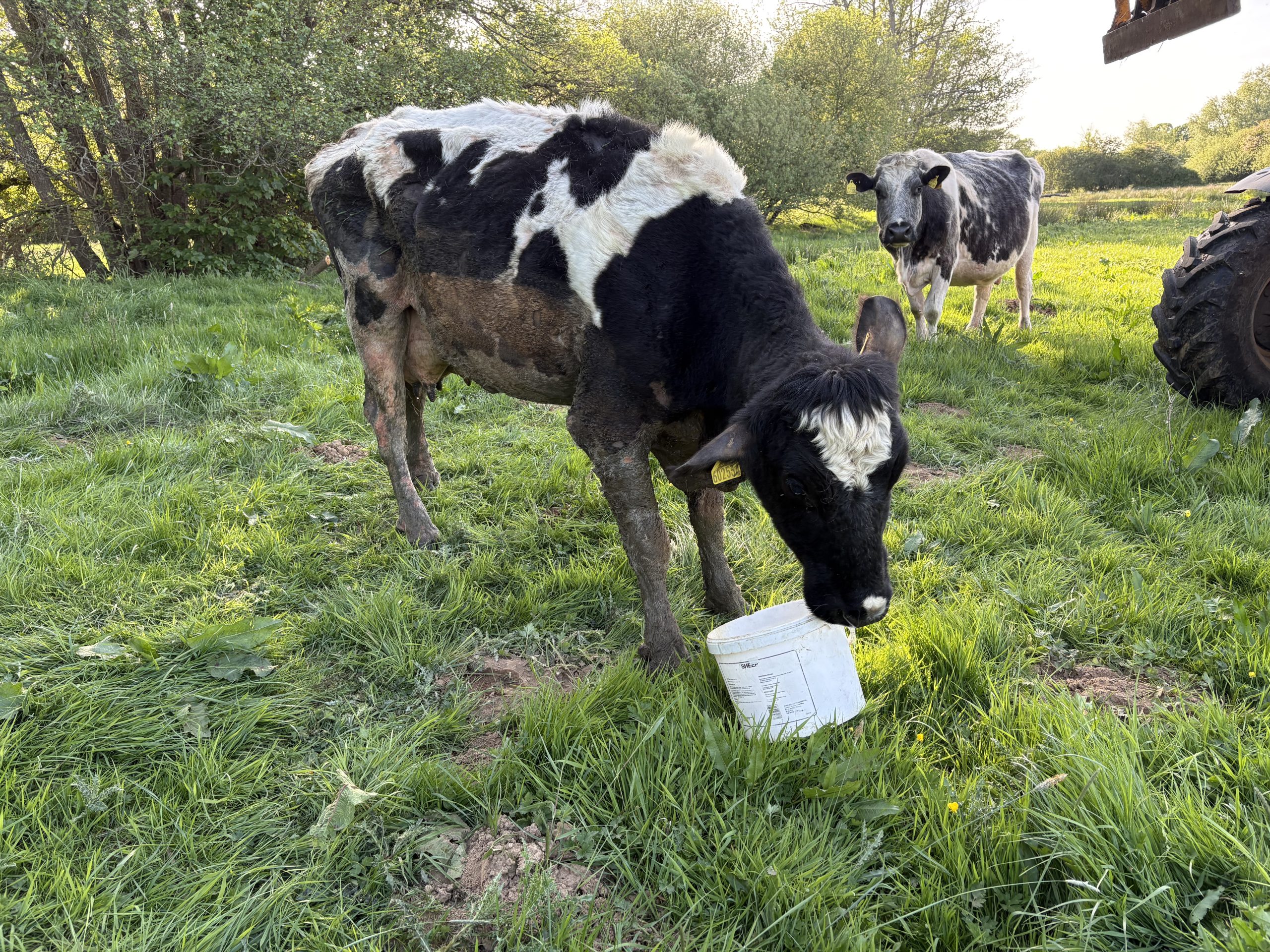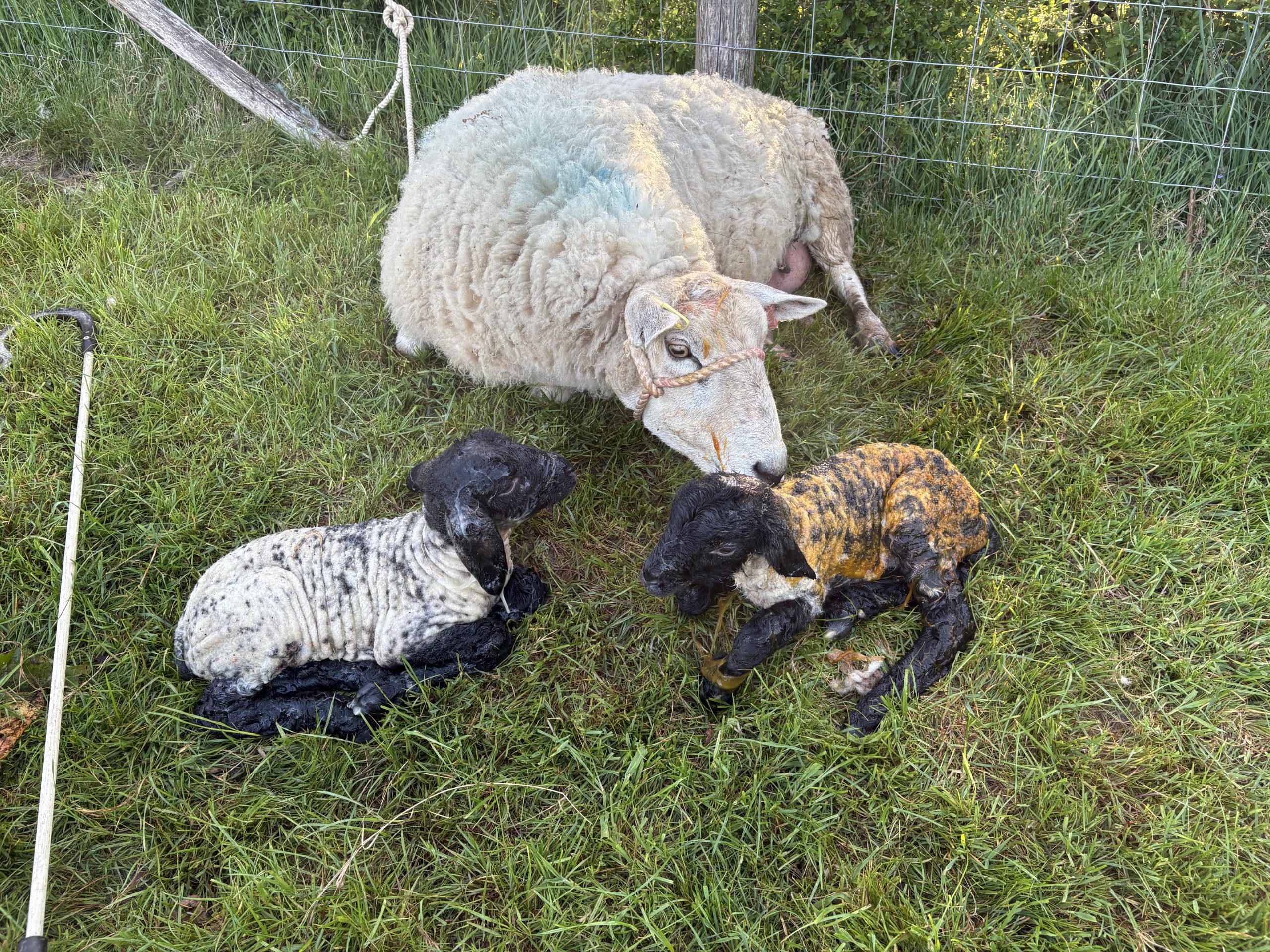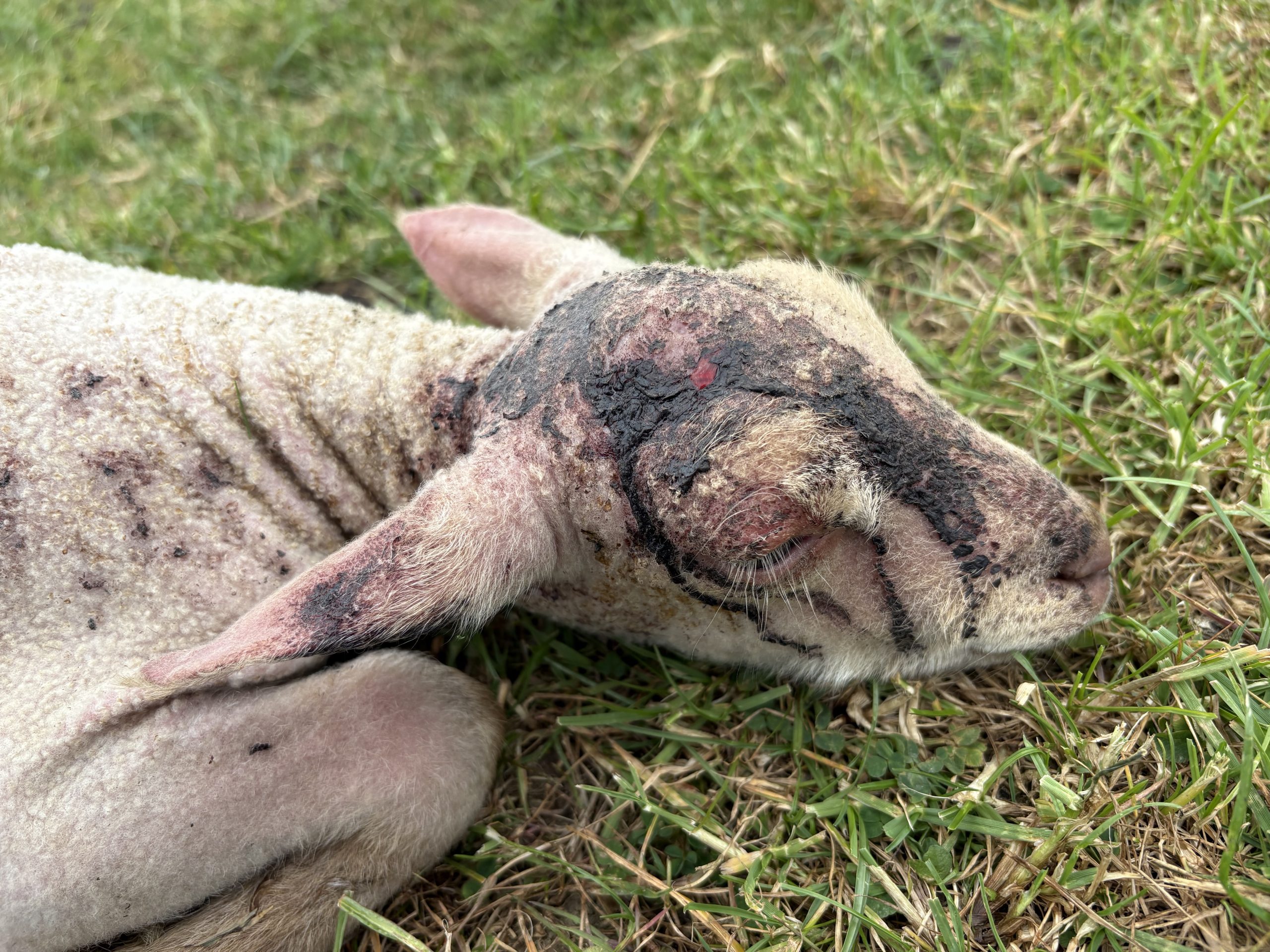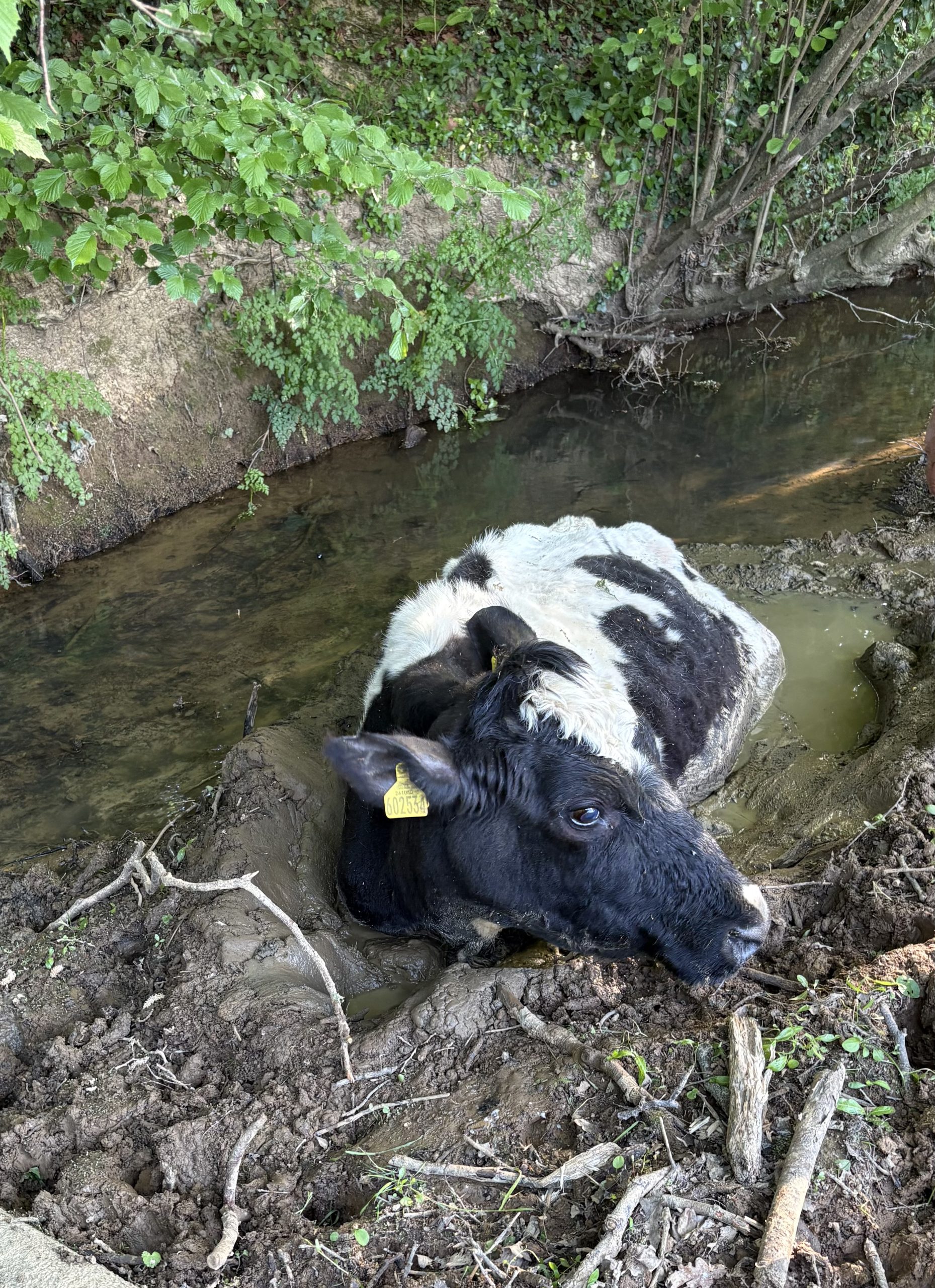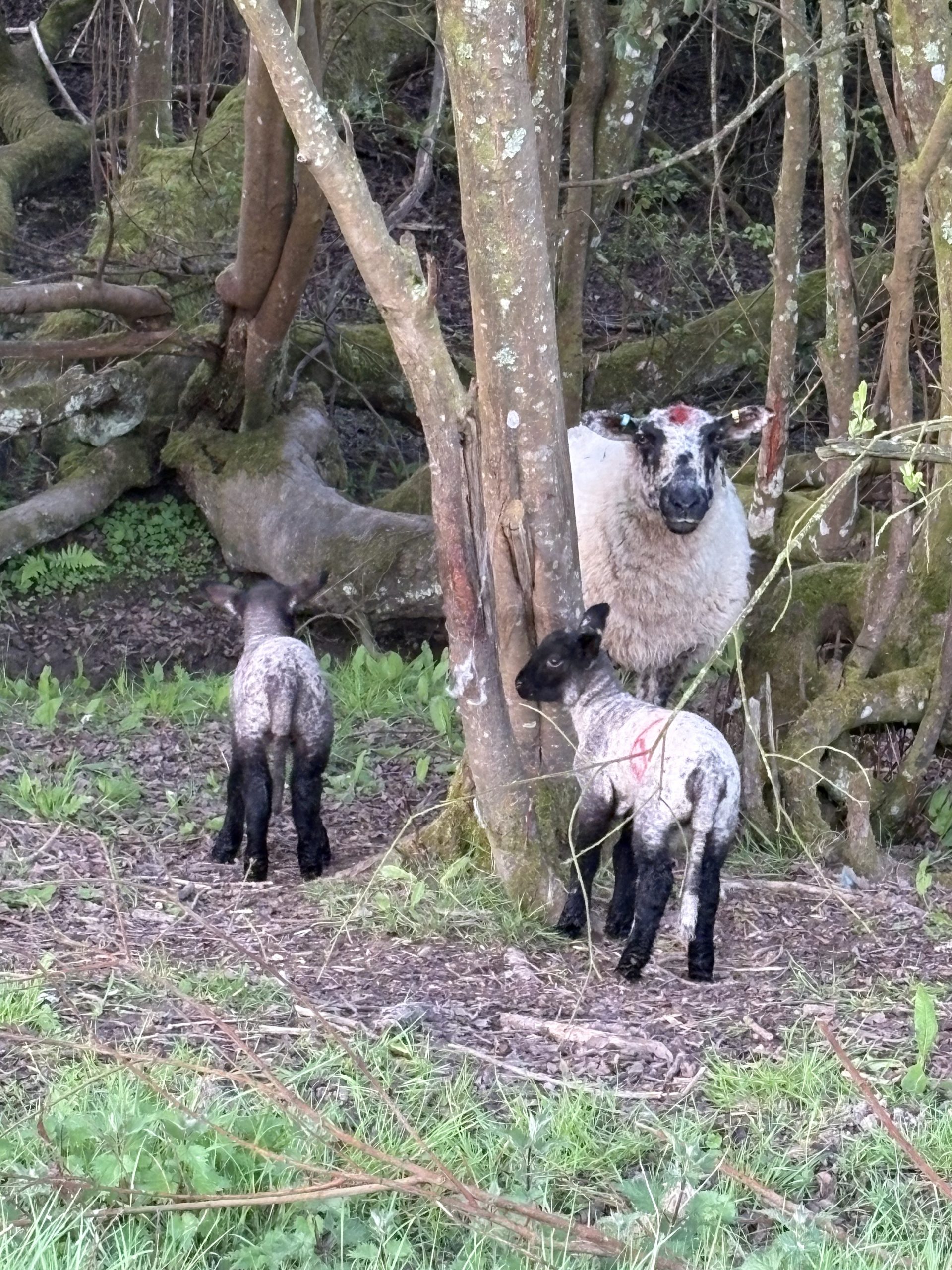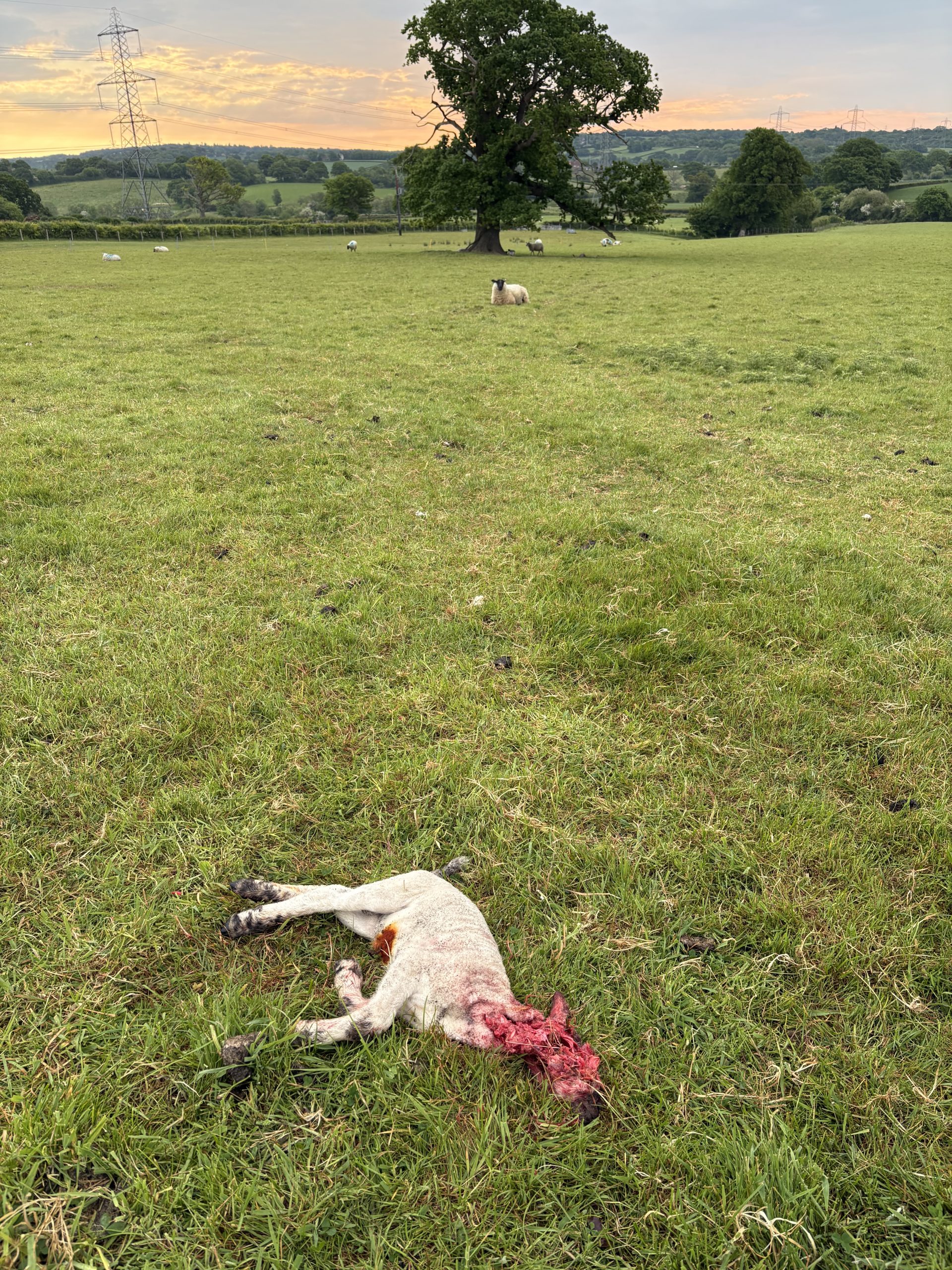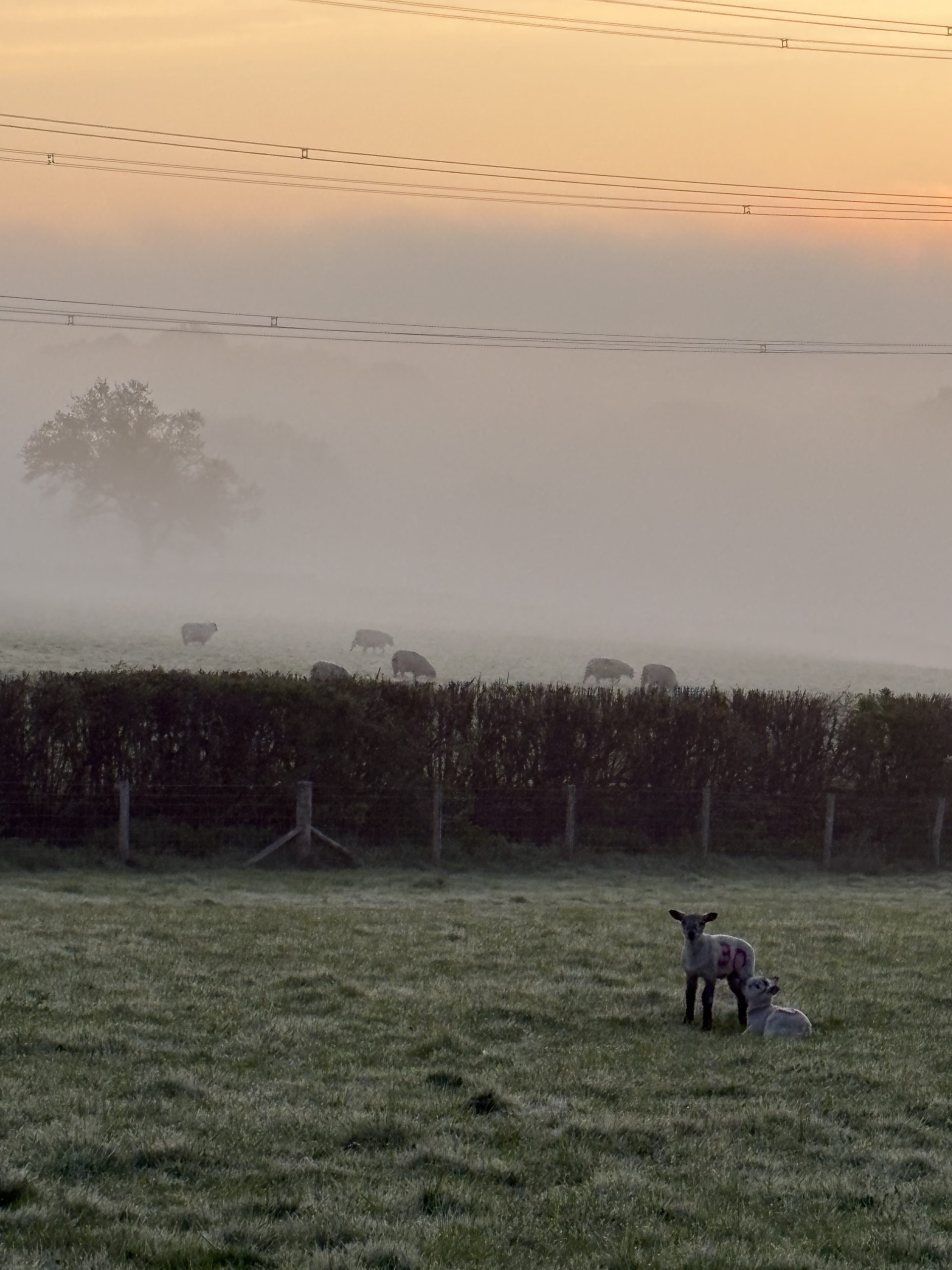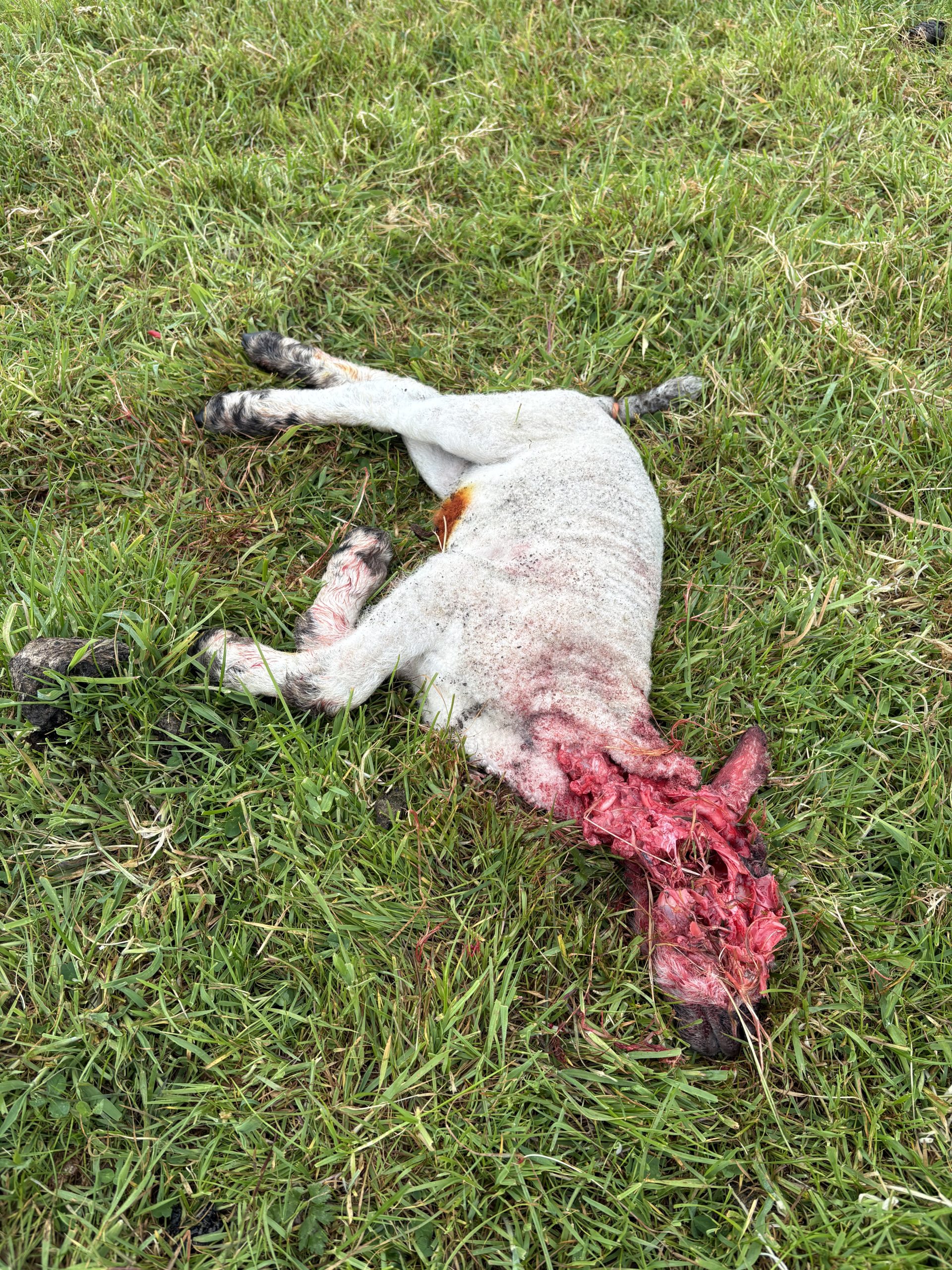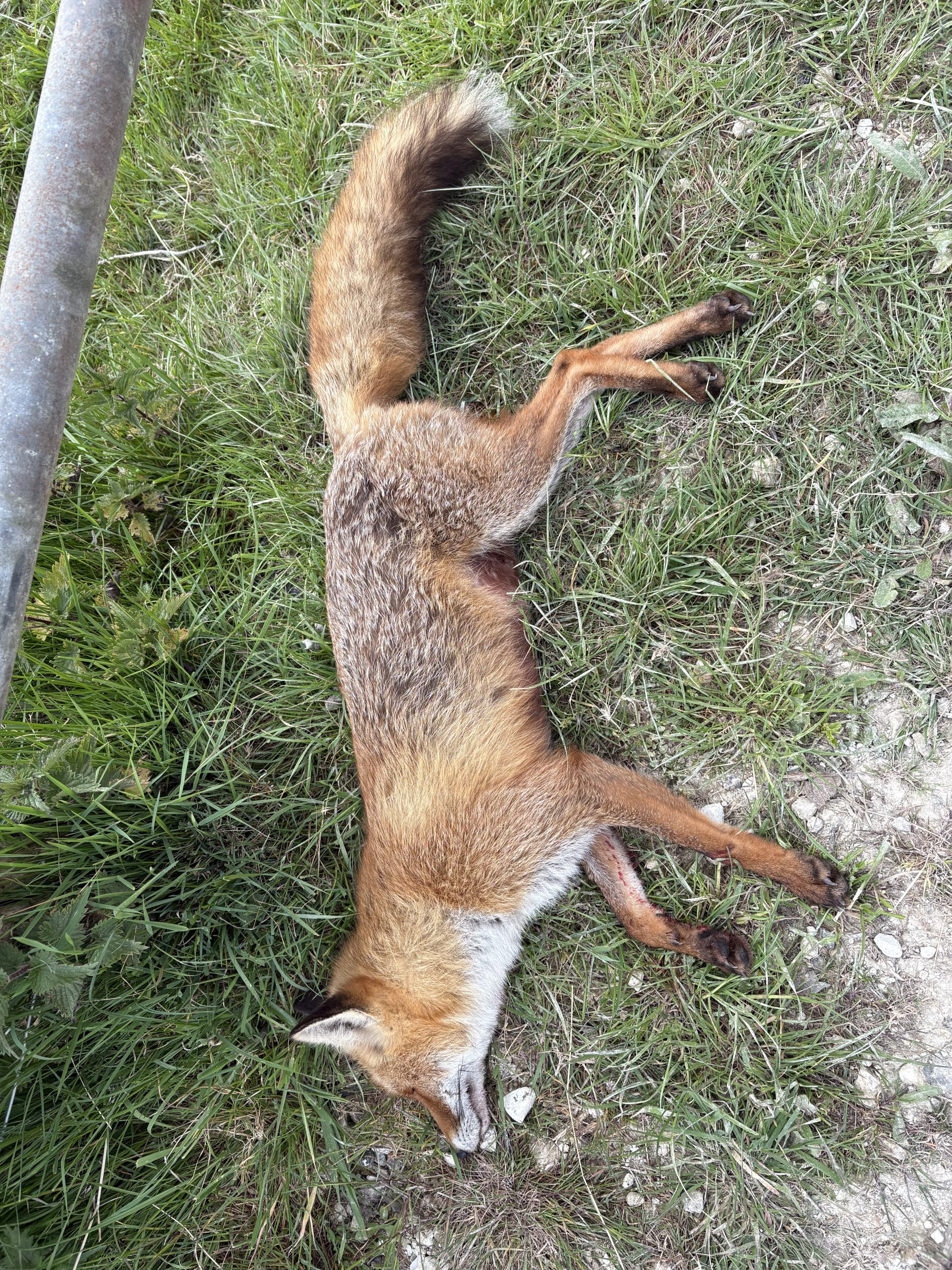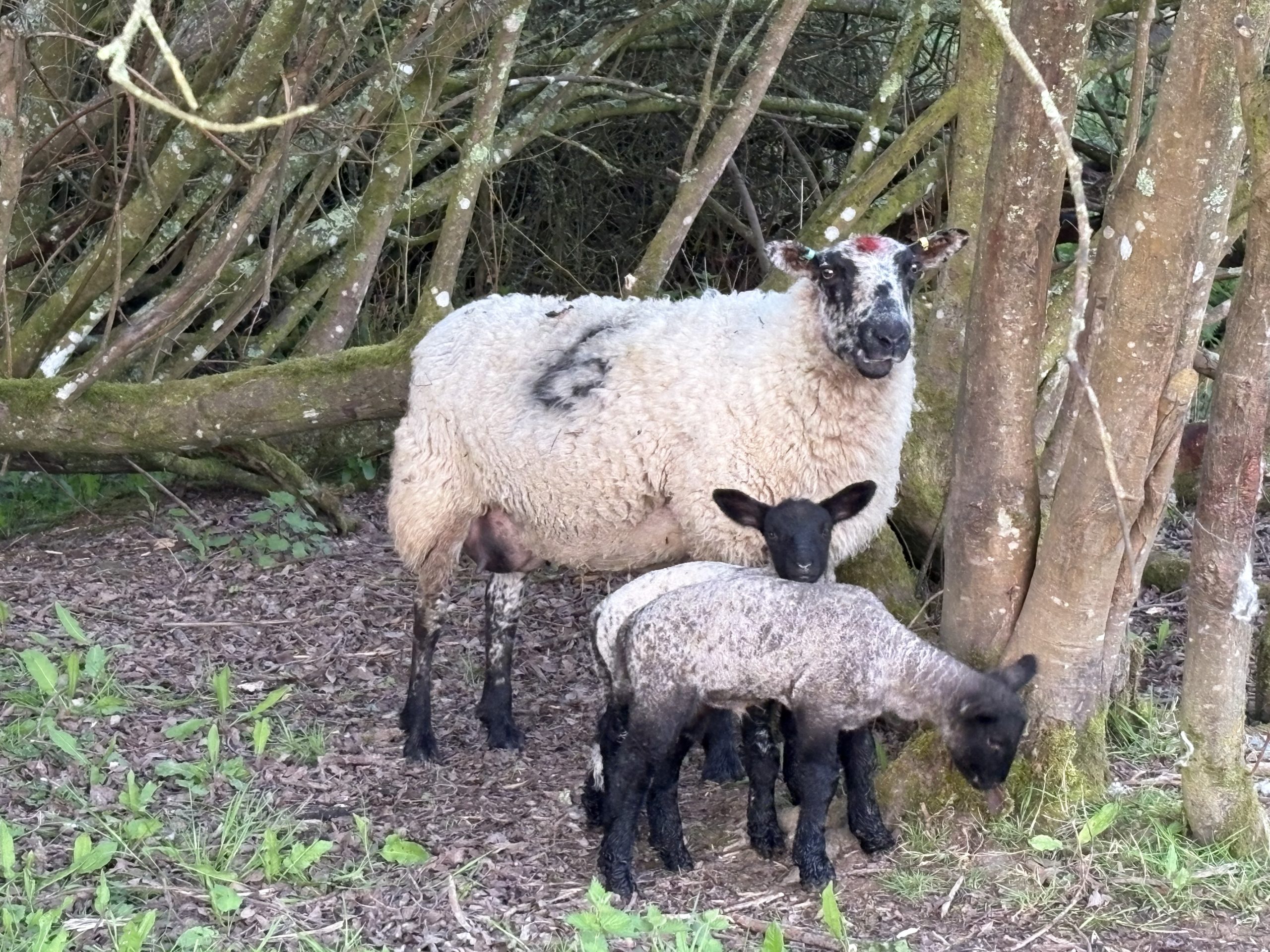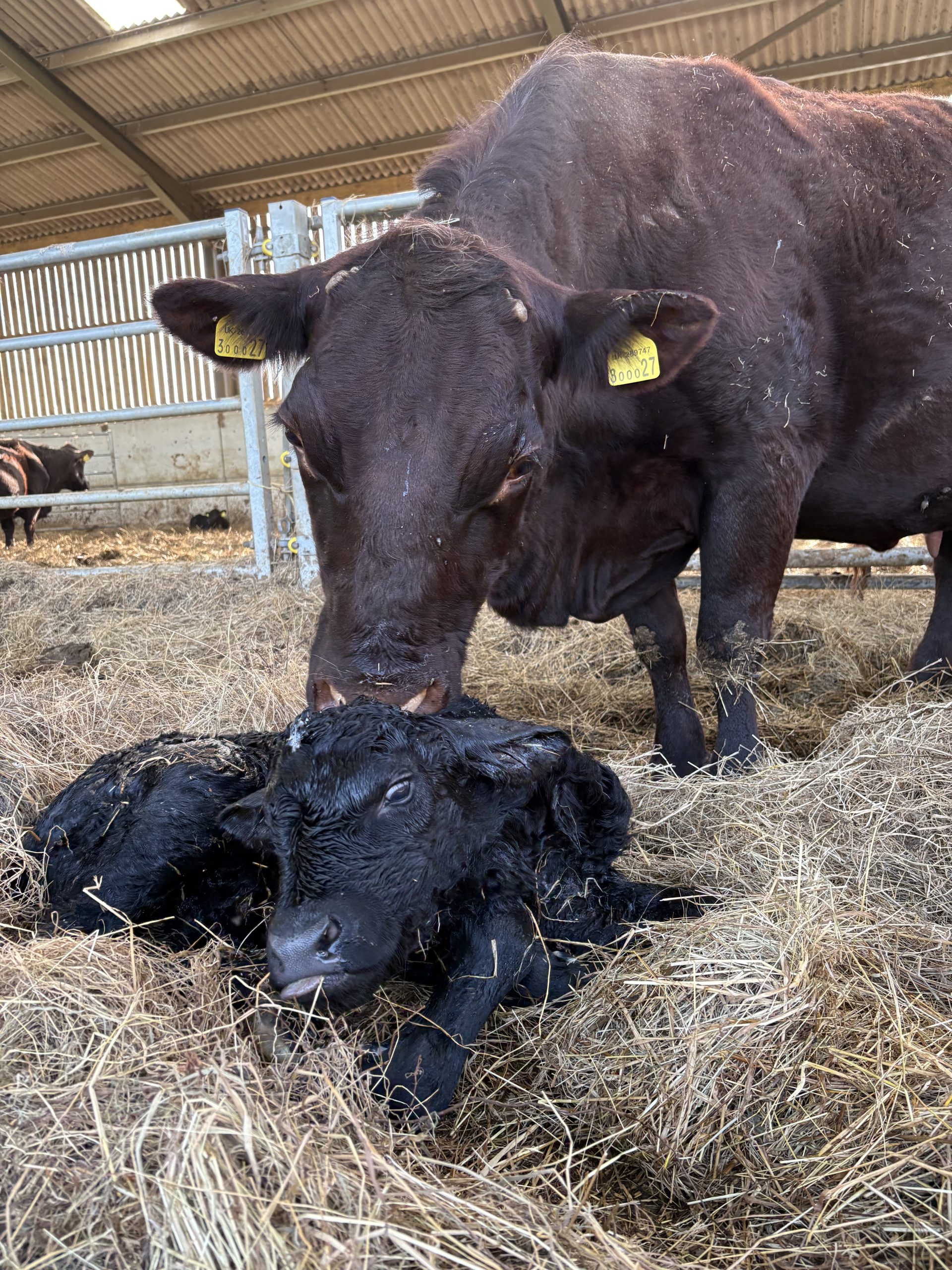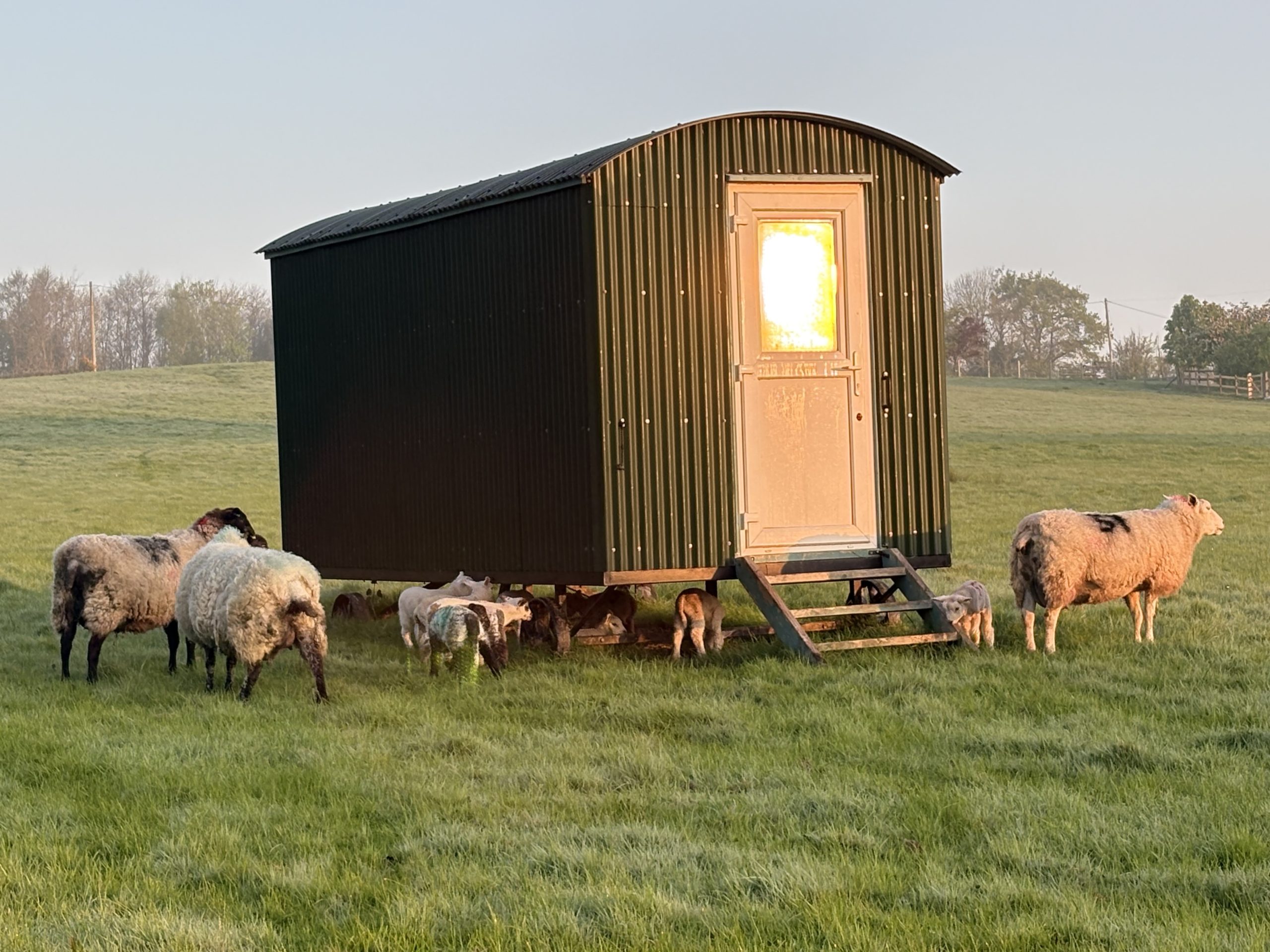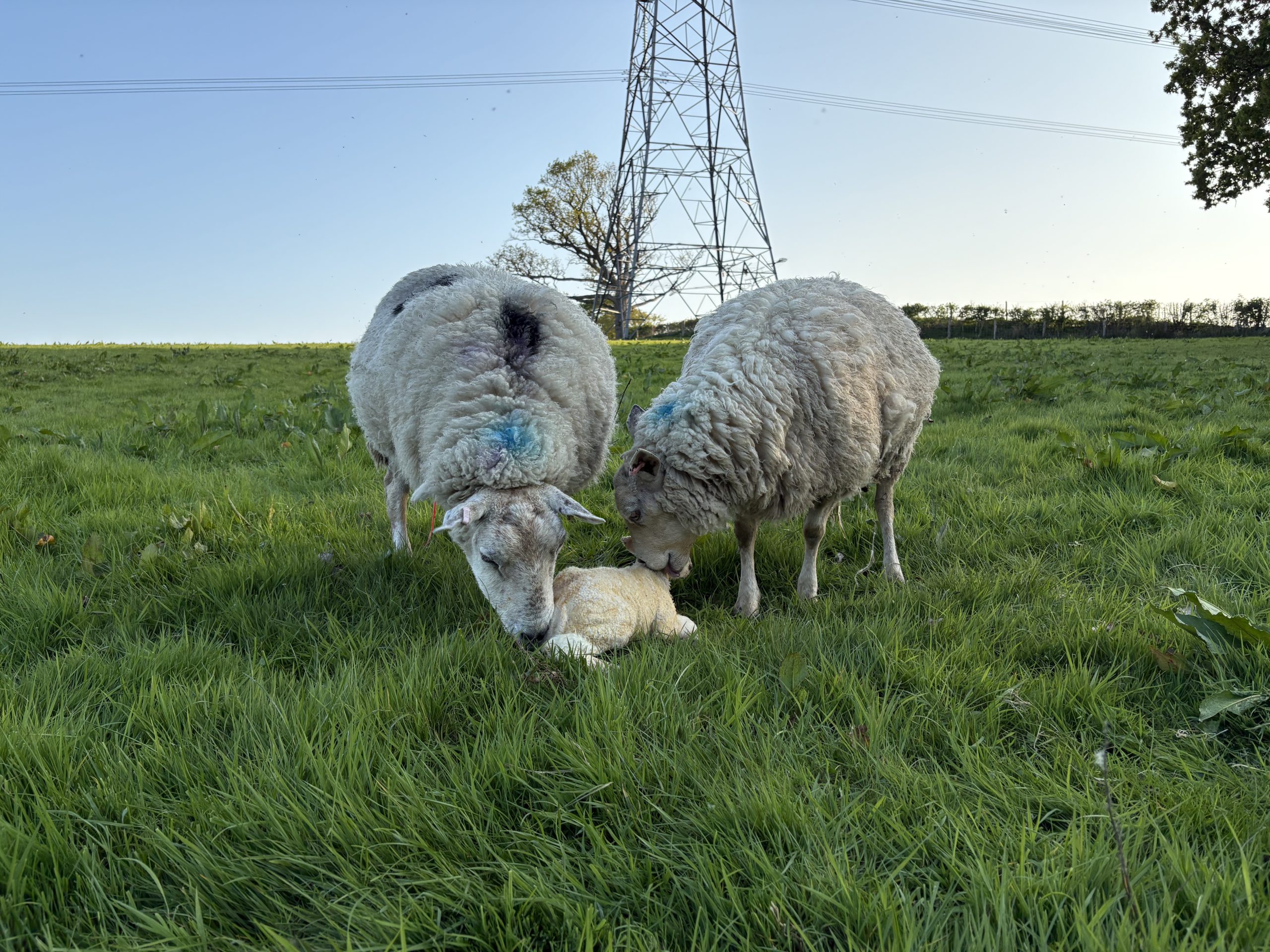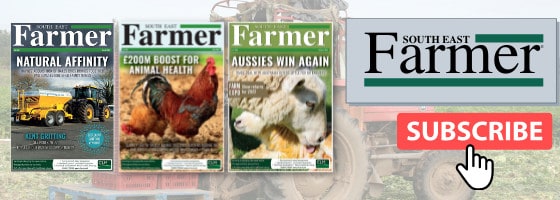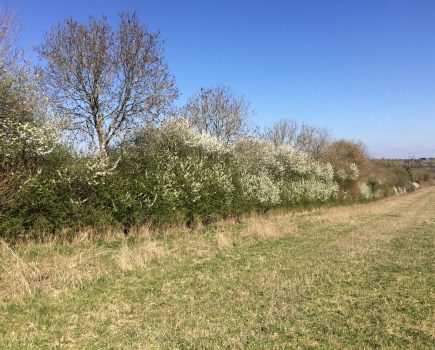I expect you, like me, were delighted when, after a long, wet winter, the weather turned dry. That golden globe appeared in the sky, we basked in the warmth, shed our layers, reached for the sun cream and dusted off the sunglasses. We welcomed the early turnout of cattle, got crops drilled, and marvelled at the ideal conditions for outdoor lambing. So, what could possibly go wrong?
I prepared for the usual pre-lambing problems; abortions, twin lamb, prolapses etc, but none occurred. A good start. Though the nights were surprisingly cold, we didn’t have rain. Only one hypothermic lamb needed attention; the rest were up and sucking in no time.
Some of the triplets were a good size. I tend to leave them with the ewe for a few days before removing the strongest one. I wet fostered one successfully, but, as ever, singles were in short supply just when you want them. We tried some in foster units, but not all were successful, so inevitably we’ve ended up with a few bottle lambs.
This year I’ve had to assist with very few lambings, which is great, probably thanks to a younger flock and culling troublemakers.
We had one case of overly enthusiastic ‘auntie-ing’. Both ewes had water bags out; one perplexed lamb was being thoroughly licked by the competing ewes, each vying to coax it to her udder. Fortunately, both jumped into my trailer when I loaded the lamb. The real mother’s second lamb was a large breach, safely delivered. As for ‘Auntie’, she was clearly a ‘too posh to push’ type, so I assisted her delivery of twins. I then separated them into different fields to avoid further ownership disputes.
I try to let ewe-lambs figure out motherhood for themselves, but on the few occasions when I need to lend a hand, I pen them for 24hrs. It stops them from bolting as fast as they can after delivery. Essential lambing requirements are a good dog, a super-crook, a small halter and lubricant.
Ewe-lambs can be so irresponsible. Sadly, many have paid a heavy price for their lackadaisical attitude towards protecting their precious offspring. Predation has hit us hard, and we’ve been fighting back… I’m not sure who is winning.
In the first instance, I found a twin lamb in the paddock by our house with blood pouring down its face. Its eyeball was gone, pecked out by birds. There are a couple of ravens that sit high up on the pylons; these occasionally swoop down in our fields, much to the annoyance of the abundance of crows and rooks which also patrol our land.
Not sure who the culprits were. I made an eye-pad and treated the lamb, giving pain relief and antibiotics, penning the ewe for a few days. The other eye had been injured, too, but he has retained some vision and is doing remarkably well.
Next morning a lamb was missing altogether. I found a blood smeared patch of grass and bone fragments. Another of our twins had bite marks around its ears, face and neck. It was still alive, but his injuries obviously made it difficult to suckle. His mother lost patience with him, so he’s now a bottle lamb. He’s named Eeyore because of his droopy ears; he has a slow lumbering gait which reminds me of dinosaurs. Poor thing, he’s battling to survive.
At first light next day, several ewes had lambed overnight. Two new lambs from separate mothers had bite marks to their face and necks. One lamb born to a young mother was missing completely. It was time to take action, so we accepted the offer of a skilled rifleman who has some impressive night vision gear. So far, he has shot nine foxes, and still we are losing lambs, albeit mostly to inexperienced mothers.
I’m amazed by the sheer number of predators in a relatively small area. Maybe it’s the penalty for lambing late or a lack of predator control in the wider countryside. Or perhaps it’s the result of charities releasing town foxes into rural areas.
I swear my hair has turned whiter with the worry of it all, or is it the sunshine? Dare I ask, where is that desperately needed rain? Lambing time is a season I look forward to, bringing delights as well as challenges, but when it’s over (six more to lamb) it’s a huge relief. No doubt we’ll be doing it all again next year; we must be crazy.
We’re also calving, which has been smoother, thankfully. We had one odd day, when three cows needed help with their delivery in quick succession, which was very unusual. Emerald’s progeny seem to be slightly larger than those from our previous bull. Since then, however, calm has returned and we haven’t had to get involved, apart from tagging, ringing and turning out. Two left to calve.
We’ve a few British blue x friesians I’d politely describe as past their ‘best before date’. They’ve done well, but definitely don’t want any more liaisons with the bull. They’re on the home farm with their calves where we can easily monitor their progress, giving supplementary feeding as required.
In this field stood a roll of used stock netting, removal of same being on our ‘to do’ list. Well… Calamity-Jane decided to get her legs tangled in this wire. This was not part of our building up plan; we de-tangled her, but couldn’t persuade her to get up.
I gave her pain relief and she drank three buckets of water. The moment I reached for the antibiotic spray, she’d had enough pampering and up she lurched, much to her calf’s delight.
We then moved this group onto fresh pasture, a field with a stream running through it. Next day Calamity-Jane was missing. We found her sunk into the silt in the stream. We had to tow her out. It’s amazing how tough these old cows are; food soon restored her spirit.
Enough farm tales. Now let’s all do a rain dance, to bolster grass and crop growth. Don’t overdo it, though, no floods please.
PS – bizarrely, my daughter just messaged to say 17 month-old grandson had been attacked by a seagull in the playpark. He was eating a chocolate biscuit. His fingers and face were lacerated; Thomas was upset about losing his biscuit.
- Amazing how cake restores your spirit
- Assisted lambing result
- Bite marks to head & neck
- Calamity-Jane stuck in the silt
- Day break
- Easy to spot the mother
- Hiding out
- Inexperienced mother laying 20 metres away bleating mournfully
- It was a hard pull to get her out; she’s keen to eat
- Misty in the valley
- Not what you want find
- One of nine foxes shot
- Overnight arrivals
- Red dot equals twins
- Successful calving
- The shepherds hut is a good place to hang out
- Two claimants, one over-licked lamb
For more like this, sign up for the FREE South East Farmer e-newsletter here and receive all the latest farming news, reviews and insight straight to your inbox.

